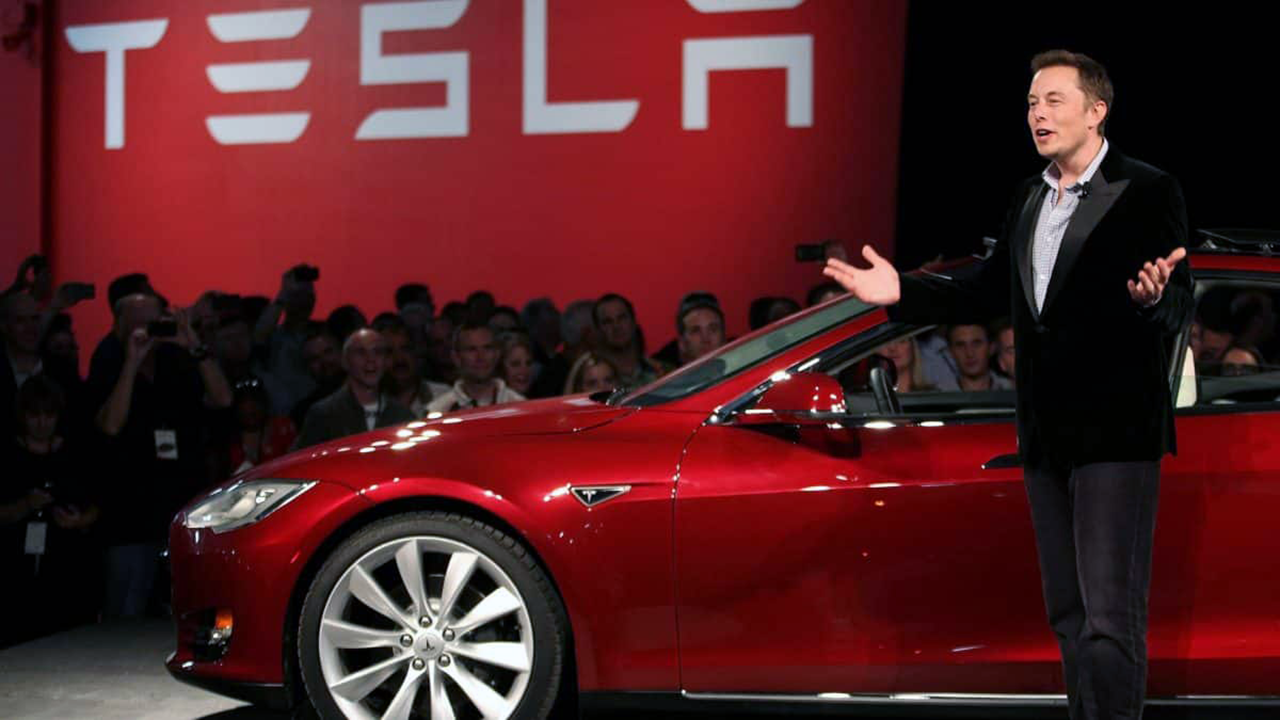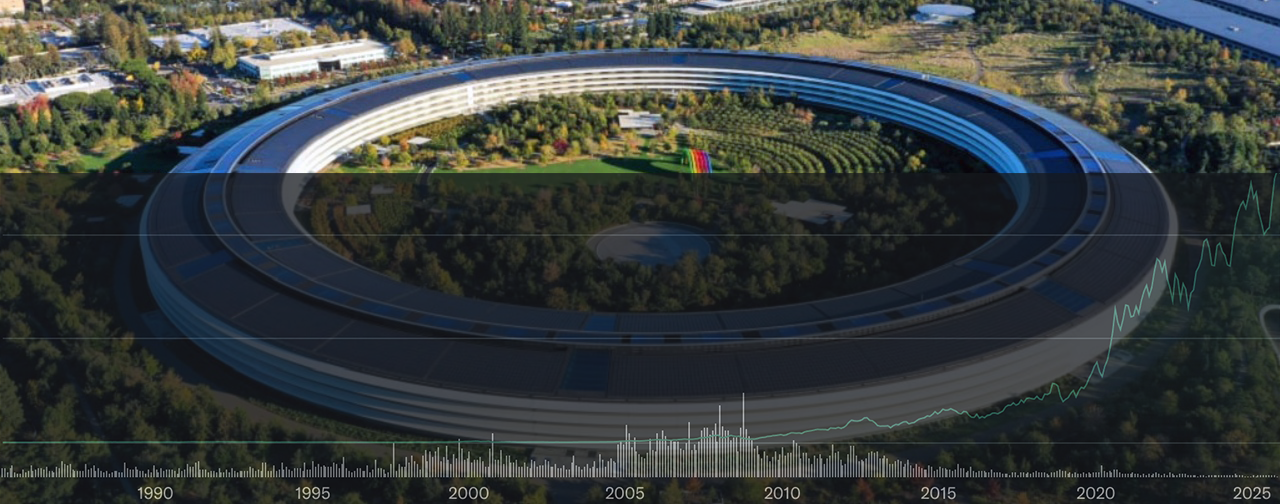http://www.shareholderssquaretable.com/sale-apple-shares-at-half-price/
Once again, activist shareholder/investor Carl Icahn, has sent an open letter to Apple CEO Tim Cook; asking once again for the company to consider accelerating their share repurchase program. As in the past (August 14, 2013) when Icahn disclosed that he took a large position in the company, he states the rationale is because the company’s stock price is severely undervalued.
Icahn noted in his open letter:
While we recognize and applaud the company’s previously increased share repurchase authorization, we ask you to consider our advice once again (to the benefit of all shareholders) and consider accelerating share repurchases again via a tender offer. Our valuation analysis tells us that Apple should trade at $203 per share today, and we believe the disconnect between that price and today’s price reflects an undervaluation anomaly that will soon disappear.
Once again (in the interest of full disclosure and transparency), I’ve been long AAPL since 1997. The disclaimer tab at the top has always contained this information.
That’s still a high multiple though making it an expensive stock (one can think of the P/E ratio as how much dollars an investor is willing to spend for $1 of earnings; as of current, that is around $800 for every dollar of earnings). The company misses earnings more often than not with the bulk of revenues coming from its low margin ecommerce business, but Wall Street gives the company a pass because part of those misses are a result of investing in the business (that includes buying other companies like Twitch for a cool price tag of nearly $1 billion). Furthermore, as of this today, they announced they are opening a brick and mortar in New York City (a further drain on the bottom-line).



